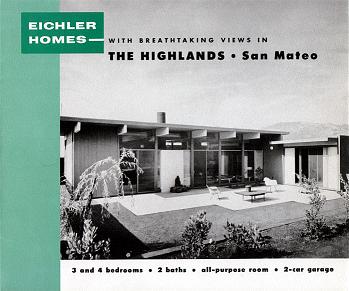
Between 1940 and 2000, the population of the eleven westernmost states in the continental U.S. nearly quadrupled in population, growing from less than 13 million people to nearly 53 million. The explosive growth of this region was not the result of people moving to high-density central cities, nor was it due to a surge in the rural population of the West. The vast majority of the population growth in the West was the result of people moving to thousands of single-family-home subdivisions, linked by new superhighways and dotted with regional shopping malls.
In this colloquium, we will explore the rise of the postwar suburban West and its role as a place that both generated and reflected crucial political, social, and economic transformations in late twentieth century America. We will examine the role of politics and policy in regulating natural resources, subsidizing the growth of the suburban landscape, and shaping its economic development. We will explore the many different kinds of suburbs that have emerged in the West – from middle-class subdivisions to blue-collar immigrant communities to high-tech office parks. And we will take a close look at our piece of the suburban West – Stanford, Palo Alto, and the rest of Silicon Valley – and try to understand how its history fits into the larger story of the region.

